What is Enhanced External Counter-Pulsation (EECP)?
The Cleveland Clinic defines EECP as a treatment for those with symptomatic coronary artery disease, not eligible for standard treatments of revascularization. During EECP, cuffs wrapped around the calves, thighs and buttocks are inflated and deflated, gently but firmly compressing the blood vessels in the lower limbs, increasing blood flow to the heart. EECP may stimulate the openings or formation of collateral vessels to create a “natural bypass” around narrowed or blocked arteries.
The Sanger Clinic further defines EECP as a non-invasive procedure for patients with severe refractory angina… (It) can relieve or eliminate angina in patients who are not candidates for angioplasty or bypass surgery.
How does EECP work?
That’s a good question. EECP is designed to relieve angina by improving perfusion in areas of the heart deprived of an adequate blood supply. The cuffs inflate during diastole, the period when the heart muscle relaxes and the chambers fill with blood. The cuffs inflate sequentially from the calves upwards, resulting in increased pressure in the aorta and coronary arteries. Compression of the vascular bed in the legs also increases the return of venous blood to the heart and increases cardiac output. Patients are customarily treated with EECP for an hour a day for a total of 35 hours.
What is the history of the use of EECP in the USA?
The concept of counterpulsation is not new (it was first introduced in the late 1950s at Harvard), but the computerized technology currently available with EECP makes it a relatively new procedure, introduced less than 10 years ago. As of 2003 it is available in only about 200 centers across the United States.
EECP is used to treat patients with chronic stable angina, coronary artery disease, or high blood pressure. Most recently, the Food and Drug Administration (FDA) has approved EECP for the treatment of congestive heart failure. The treatment may be appropriate for patients who are not eligible for such non-surgical interventional procedures as balloon angioplasty, stent placement, rotoblation, atherectomy, or brachytherapy. It may also be used for patients who do not qualify for such surgical treatment as coronary artery bypass graft surgery.
EECP is not the first-line treatment for angina. Rather, it is reserved for patients who have not achieved good results from medication or interventional management of their symptoms.
EECP may benefit patients with such other medical conditions as erectile dysfunction, kidney disease, eye disease, diabetic neuropathy, and other circulatory disorders. More research is needed to evaluate the outcomes of EECP for these patients.
Are there any contraindications for EECP?
EECP is not recommended for patients who have certain types of valve disease; uncontrolled arrhythmias (irregular heart rhythms); severe hypertension; uncontrolled congestive heart failure; significant blockages or blood clots in the leg arteries; or those who have had a recent cardiac catheterization, angioplasty, or bypass surgery.
Are there any risks or side effects?
EECP is a relatively safe and effective treatment, and few adverse side effects have been reported. The main adverse side effect is chafing (skin irritation from the compression of the cuffs). To reduce or prevent this side effect, patients are instructed to wear tight-fitting cycling pants or athletic tights. Leg pain is another adverse side effect.
What are the normal results?
The benefits of EECP are comparable to the results of angioplasty and coronary artery bypass graft surgery: 80% of patients experience significant improvement after EECP treatment. The largest research study on EECP indicates that after receiving treatment, patients used less medication, had fewer angina attacks with less severe symptoms, and increased their capacity to exercise without experiencing symptoms. EECP improves the patient's sense of well-being and overall quality of life; and in some cases, prolongs the patient's life. Benefits five years after EECP treatment are comparable to surgical outcomes.
The effects of EECP treatment last from three to five years and sometimes longer.
EECP does not prevent coronary artery disease from recurring; therefore, lifestyle changes are strongly recommended and medications are prescribed to reduce the risk of recurrent disease.
What sort of lifestyle changes are we talking about?
These are changes you already have, or should have taken:
- Quitting smoking. Smoking causes damage to blood vessels, increases the patient's blood pressure and heart rate, and decreases the amount of oxygen available in the blood.
- Managing weight. Maintaining a healthy weight, by watching portion sizes and exercising, is important. Being overweight increases the work of the heart.
- Participating in an exercise program. The cardiac rehabilitation exercise program is usually tailored for the patient, who will be supervised by professionals.
- Making dietary changes. Patients should eat a lot of fruits, vegetables, grains, and non-fat or low-fat dairy products, and reduce fats to less than 30% of all calories. Alcoholic beverages should be limited or avoided.
- Taking medications as prescribed. Aspirin and other heart medications may be prescribed, and the patient may need to take these medications for life.
- Following up with health care providers. The patient needs to visit the physician regularly to control risk factors.




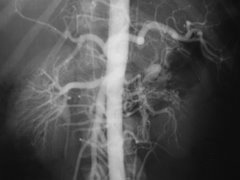
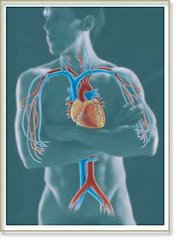
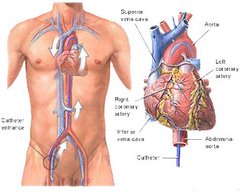
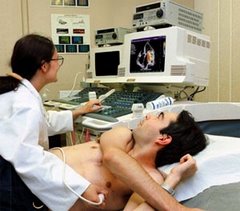
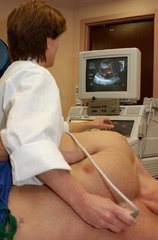
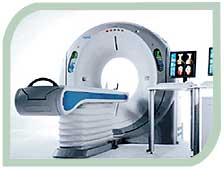
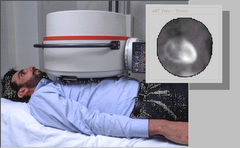
No comments:
Post a Comment